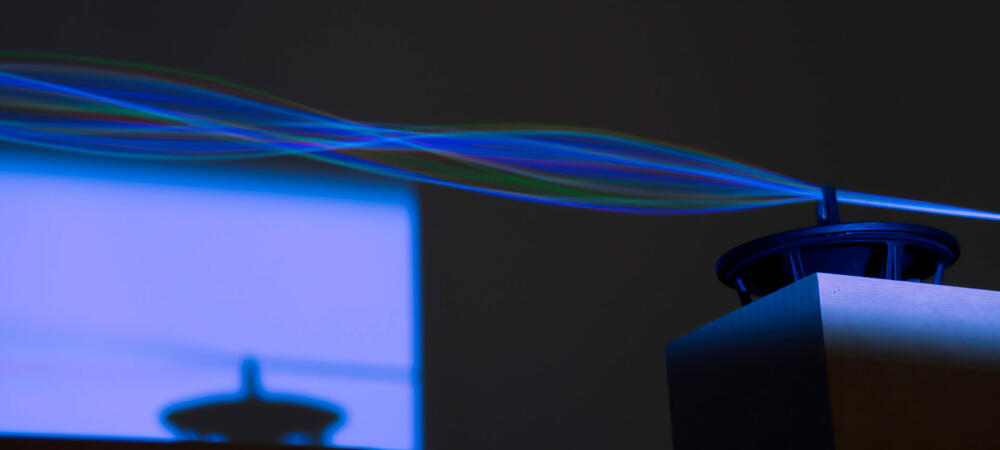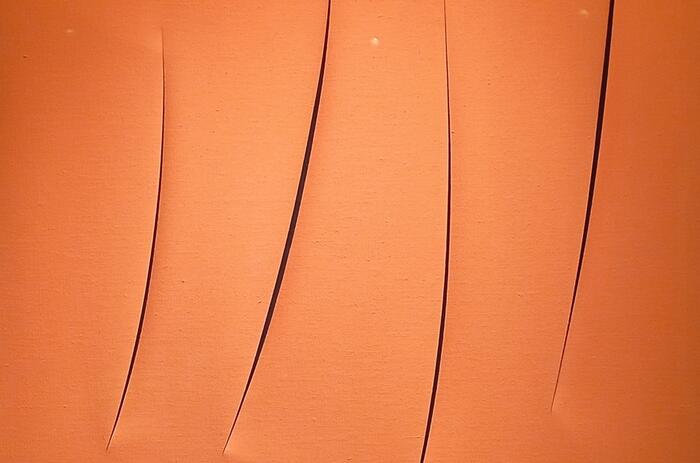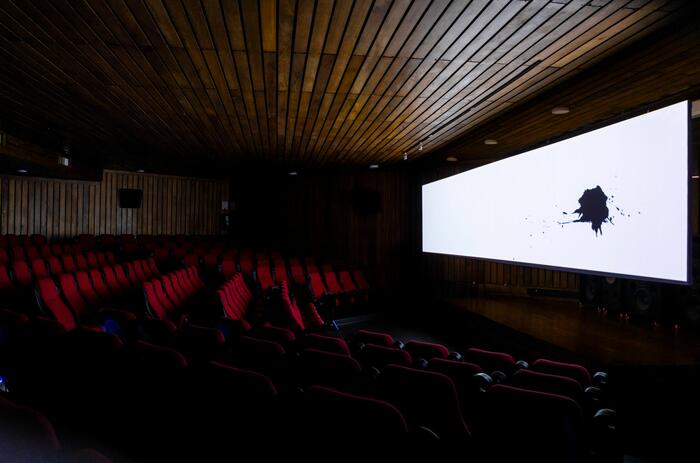THE PACIFIC'S VIBRATIONS: AN EXHIBITION AT FULCRUM ARTS
Energy Fields: Vibrations of The Pacific is an exhibition, publication, and series of public programs co-presented by Fulcrum Arts and Chapman University. Curated by Robert Takahashi Novak and Lawrence English, the exhibition presents a diverse and dynamic collection of works from artists working such as Alba Triana, David Haines and Joyce Hinterding, Steve Roden, Malena Szlam and Virginia Katz.

Energy Fields traces a path of investigation that intersects the fluctuation of time and space through gravitational waves, the geologic dynamism of tectonic and seismic activities and examines how sound, light, and electro-magnetic spectra affect the body and perception. The exhibition recognizes the Pacific as a zone of entanglement where these energetic forces resonate amidst the world’s most seismically active continental plates. The show, publication, and performance program invite new understandings of how these energetic forces shape scientific and cultural practices going forward into the 21st century.
Vibrations, and the waves that follow them, are fundamental to science in understanding the nature of matter in the cosmos and on earth. They are similarly a primary means of understanding human perception and experience. From traditional cultural practices to current interstellar research such as gravitational wave observation, Energy Fields: Vibrations of The Pacific is a porous exploration of shared concepts and visions. It gives audience members tactile experiences through evocative installations that are transportive and transformative, shifting psychological and physiological perception, as well as sensory awareness.
Each of the works in the exhibition speaks to a certain approach to sense-making and varied approaches to understanding the material (and immaterial) implications of vibration. David Haines and Joyce Hinterding’s Telepathy (2008)—a single-occupancy anechoic chamber—allows audiences to experience and contemplate an interior relationship to sound and vibration, that which exists within our own bodies. Steve Roden’s ear(th) (2004) deepens this idea, offering an opportunity for people to recognize the energetic nature of seismic activities in Southern California through the use of a custom-built sounding system that transposes these largely inaudible vibrations into a fluid, almost musical transposition.
Additionally, Malena Szlam’s film ALTIPLANO (2018) creates visual rhythms against a soundscape generated from infrasound (below human hearing) recordings of volcanoes, geysers, and Chilean blue whales and Alba Triana’s sound sculpture Music on a Bound String No. 2 (2015) operates at the nexus of light and sound waves. Energy Fields also reflects on the contributions of Indigenous artists and traditional environmental knowledge across four continents connected by the Pacific Ocean. Virginia Katz’ works On-shore Flow and Off-shore Flow (2008) are from the university’s Guggenheim Gallery and Escalette Collection.
Energy Fields also presents a vibrant series of public programs including artist talks, lectures, and performances including presentations from William Basinski, Ellen Fullman + Theresa Wong, Annea Lockwood, and Jeneen Frei Njootli, amongst others.
The publication brings together essays and imagery showing diverse understandings of vibration and its resultant waveforms. The essays consider how the Pacific has been a central location for significant cultural and intellectual developments around vibration, from traditional understandings and knowledge systems such as Marshall Island’s wave navigation and Maōri spiritual understandings of vibrational shimmering, to the implications of atomic testing and contemporary research on seismic and tectonic activity. We consider how these affect the individual body and allow us to expand our understanding of the world. The catalog is designed by Willem Henri Lucas, edited by Elizabeth Hamilton, and will feature essays by Rachel Shearer, Lawrence English, Rana Adhikari, Marcus Herse, Vanessa Kwan, Patrick McCray, Enrique Rivera, Fiona Shen, and Nina Tonga.









